Year 1
The English curriculum is built around the three interrelated strands of language, literature and literacy. Teaching and learning programs should balance and integrate all three strands. Together, the strands focus on developing students' knowledge, understanding and skills in listening, reading, viewing, speaking, writing and creating. Learning in English builds on concepts, skills and processes developed in earlier years, and teachers will revisit and strengthen these as needed.
In Year 1, students communicate with peers, teachers, known adults and students from other classes.
Students engage with a variety of texts for enjoyment. They listen to, read, view and interpret spoken, written and multimodal texts designed to entertain and inform. These encompass traditional oral texts including Aboriginal stories, picture books, various types of stories, rhyming verse, poetry, non-fiction, film, dramatic performances and texts used by students as models for constructing their own texts.
The range of literary texts for Foundation to Year 10 comprises Australian literature, including the oral narrative traditions of Aboriginal and Torres Strait Islander Peoples, as well as the contemporary literature of these two cultural groups, and classic and contemporary world literature, including texts from and about Asia. Literary texts that support and extend Year 1 students as independent readers involve straightforward sequences of events and everyday happenings with recognisably realistic or imaginary characters. Informative texts present a small amount of new content about familiar topics of interest and topics being studied in other areas of the curriculum. These include decodable and predictable texts which present a small range of language features, including simple and compound sentences, some unfamiliar vocabulary, a small number of high-frequency words and words that need to be decoded phonically, as well as illustrations and diagrams that support the printed text.
Students create a variety of imaginative, informative and persuasive texts including recounts, procedures, performances, literary retellings and poetry.
(source: www.australiancurriculum.edu.au)
Achievement Standard
Receptive modes (listening, reading and viewing)
By the end of Year 1, students understand the different purposes of texts. They make connections to personal experience when explaining characters and main events in short texts. They identify that texts serve different purposes and that this affects how they are organised. They describe characters, settings and events in different types of literature.
Students read aloud, with developing fluency. They read short texts with some unfamiliar vocabulary, simple and compound sentences and supportive images. When reading, they use knowledge of the relationship between sounds and letters, high-frequency words, sentence boundary punctuation and directionality to make meaning. They recall key ideas and recognise literal and implied meaning in texts. They listen to others when taking part in conversations, using appropriate language features and interaction skills.
Productive modes (speaking, writing and creating)
Students understand how characters in texts are developed and give reasons for personal preferences. They create texts that show understanding of the connection between writing, speech and images.
They create short texts for a small range of purposes. They interact in pair, group and class discussions, taking turns when responding. They make short presentations on familiar topics. When writing, students provide details about ideas or events, and details about the participants in those events. They accurately spell high-frequency words and words with regular spelling patterns. They use capital letters and full stops and form all upper- and lower-case letters correctly.
(source: www.australiancurriculum.edu.au)
- Plus Plan

Writing Conventions Checklist
Get your students using this writing conventions checklist to edit their work across multiple genres.
- Plus Plan
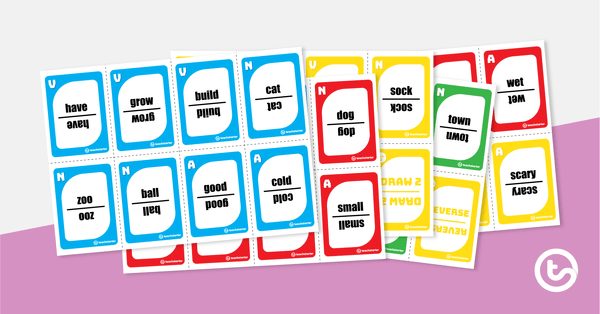
Parts of Speech Card Game – Editable
An editable parts of speech card game.
- Plus Plan
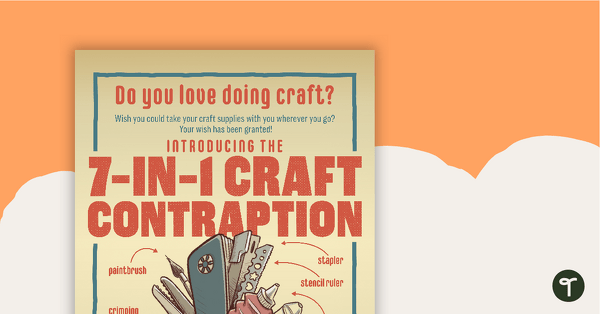
The 7-in-1 Craft Contraption – Worksheet
A comprehension worksheet for a fake advertisement from the Year 2 magazine (Issue 3).
- Plus Plan
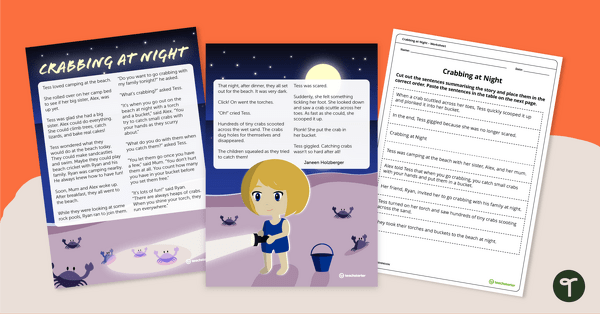
Crabbing at Night - Sequencing Worksheet
Identify the story beginning, series of events and ending with this narrative text sequencing activity.
- Plus Plan
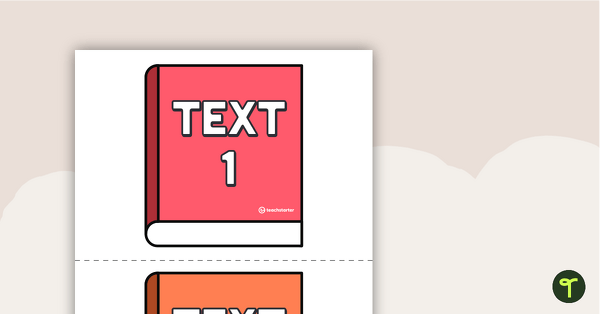
Persuasive Writing Bump It Up Wall – Year 1
A visual display for your classroom to help students ‘bump up’ their persuasive writing.
- Free Plan

Letter to the Editor (Longer Lunchtimes) – Worksheet
A comprehension worksheet for a letter to the editor from the Year 1 magazine (Issue 3).
- Plus Plan
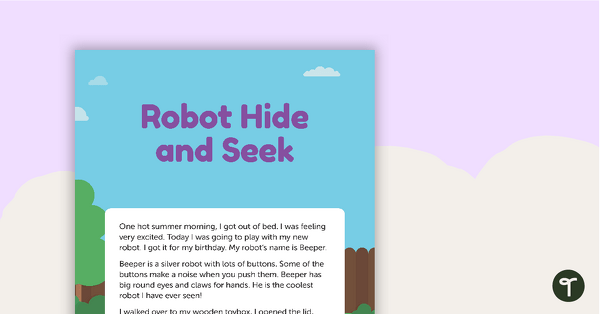
Robot Hide and Seek – Worksheet
A comprehension worksheet for a narrative from the Year 1 magazine (Issue 2).
- Plus Plan
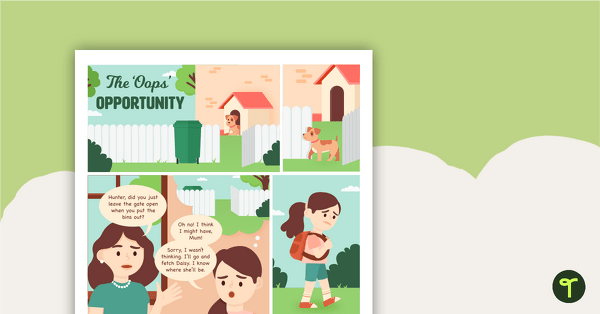
The 'Oops' Opportunity – Worksheet
A comprehension worksheet for a comic from the Year 2 magazine (Issue 2).
- Plus Plan
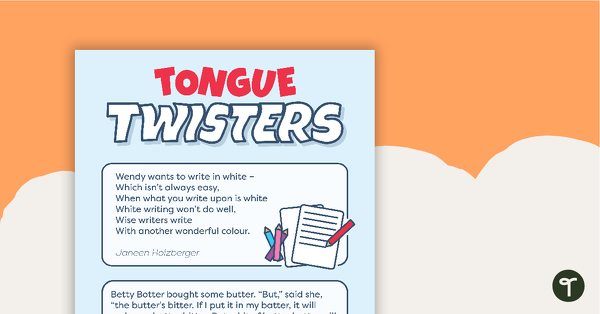
Tongue Twisters – Worksheet
A comprehension worksheet for a magazine article from the Year 1 magazine (Issue 3).
- Plus Plan
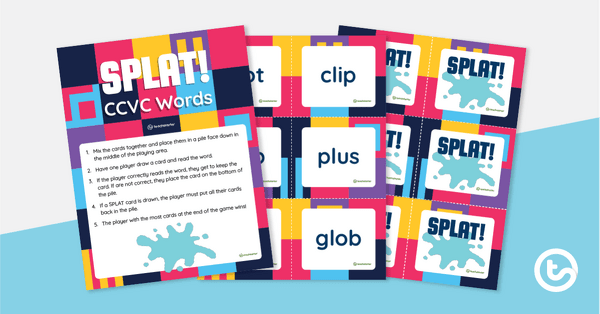
SPLAT! CCVC Word Game
A set of 36 task cards to practise decoding CCVC words.
- Plus Plan
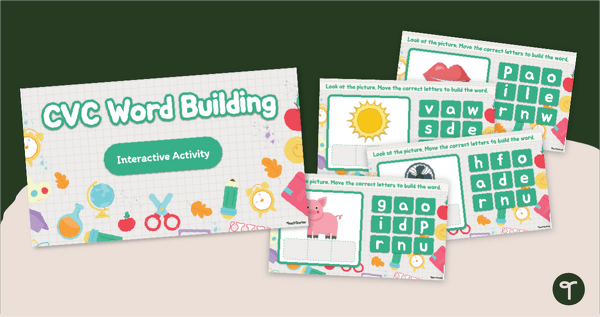
CVC Word Building Activity
Practise building CVC words with this 25 slide interactive activity.
- Free Plan
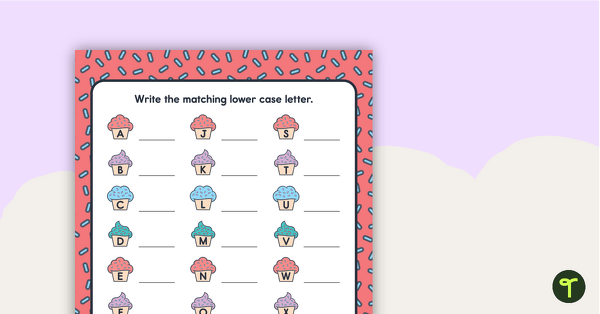
Uppercase and Lowercase Matching
A set of four pages for practicing uppercase and lowercase letter recognition.
- Plus Plan
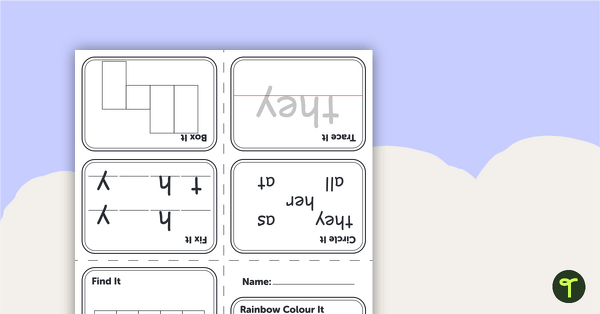
‘They’ Sight Word Little Book
A little book with activities for the word ‘they’.
- Plus Plan
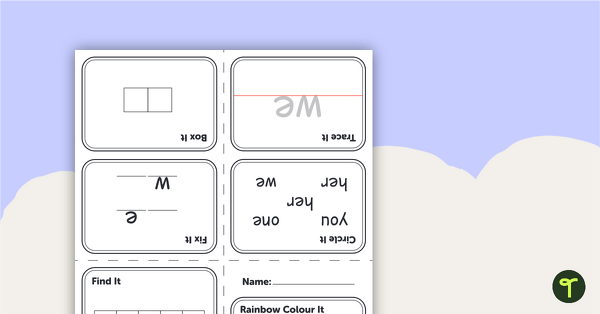
‘We’ Sight Word Little Book
A little book with activities for the word ‘we’.
- Plus Plan
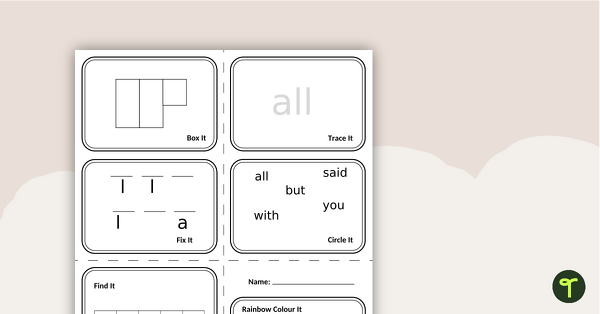
Editable Sight Word Little Book
An editable little book for learning sight words.
- Plus Plan
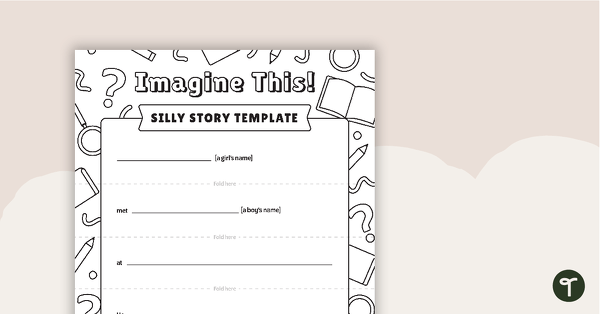
Imagine This! Silly Story Template
A template to use as a fun writing activity.
- Plus Plan
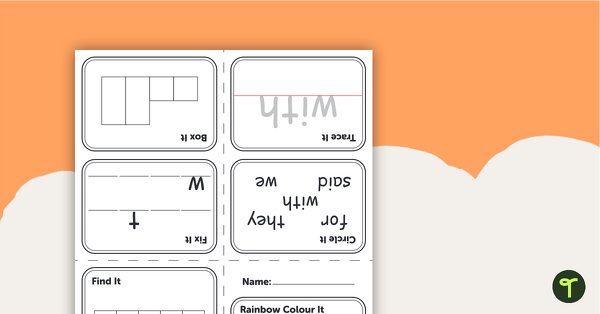
‘With’ Sight Word Little Book
A little book with activities for the word ‘with’.
- Plus Plan
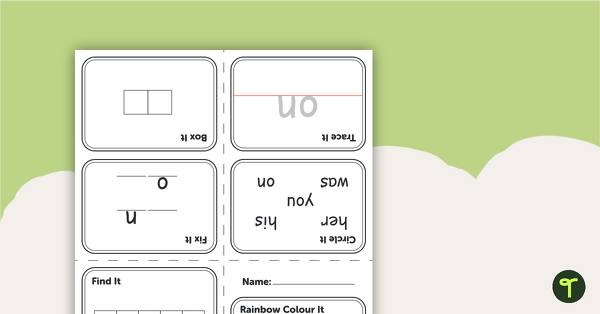
‘On’ Sight Word Little Books
A little book with activities for the word ‘on’.
- Plus Plan
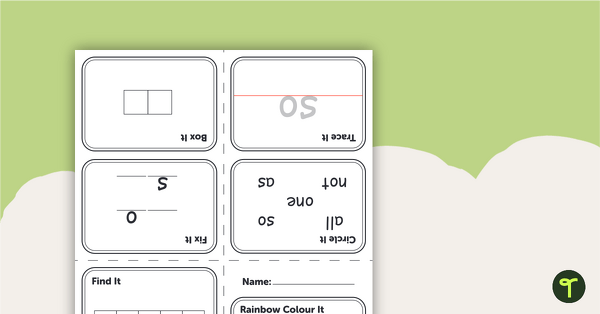
‘So’ Sight Word Little Book
A little book with activities for the word ‘so’.
- Plus Plan
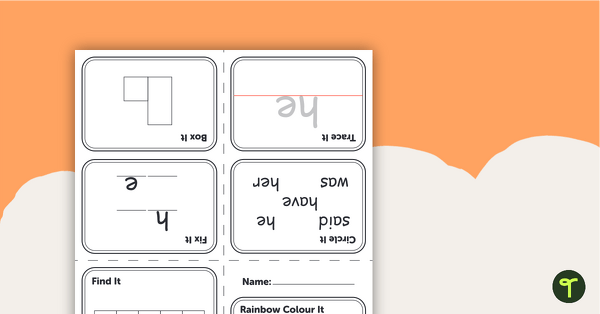
‘He’ Sight Word Little Book
A little book with activities for the word ‘he’.
- Plus Plan
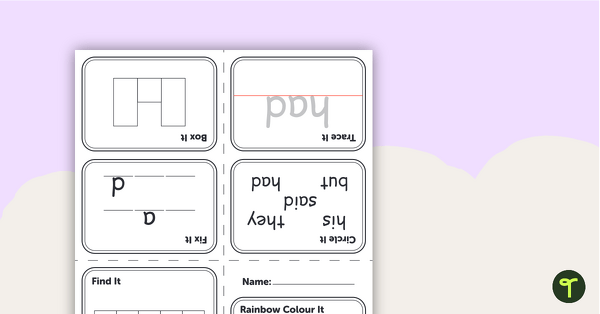
‘Had’ Sight Word Little Book
A little book with activities for the word ‘had’.
- Plus Plan
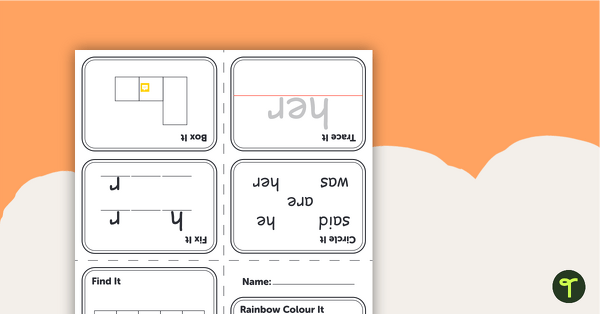
‘Her’ Sight Word Little Book
A little book with activities for the word ‘her’.
- Plus Plan
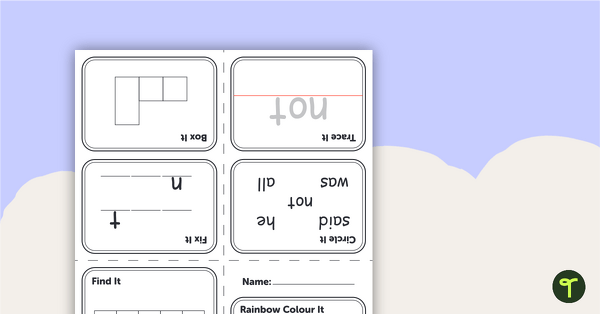
‘Not’ Sight Word Little Book
A little book with activities for the word ‘not’.
- Plus Plan
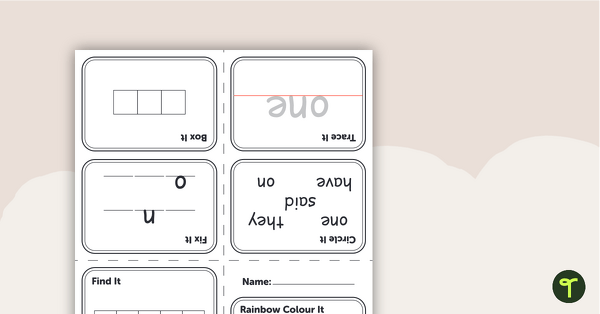
‘One’ Sight Word Little Book
A little book with activities for the word ‘one’.
- Plus Plan
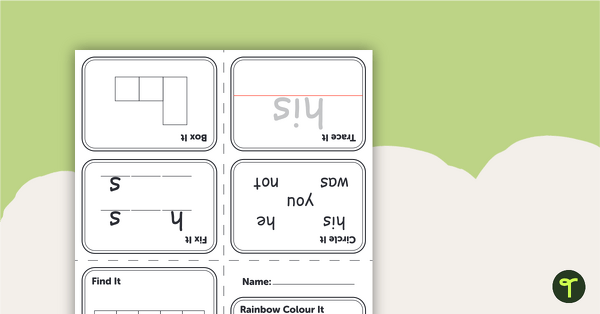
‘His’ Sight Word Little Book
A little book with activities for the word 'his'.
- Plus Plan
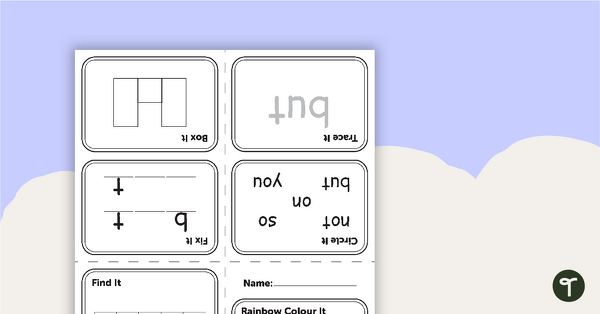
‘But’ Sight Word Little Book
A little book with activities for the word 'but'.
- Plus Plan
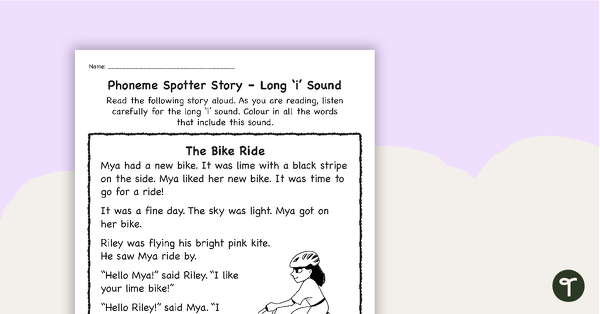
Phoneme Spotter Story – Long 'i' Sound
A decodable text featuring various graphemes that make the long 'i' sound.
- Plus Plan
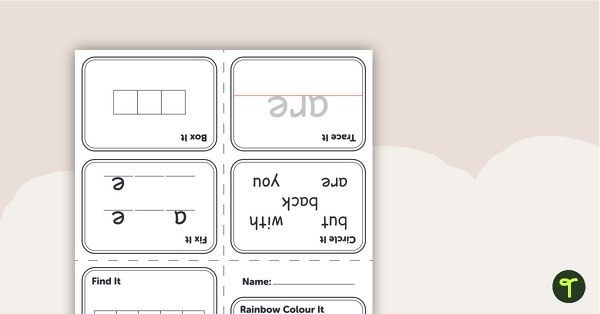
‘Are’ Sight Word Little Book
A little book with activities for the word ‘are’.
- Plus Plan
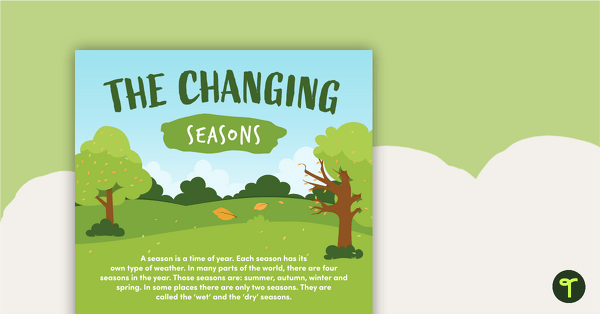
The Changing Seasons – Worksheet
Read and write about the changing seasons with a comprehension passage and worksheet.
- Plus Plan

‘All’ Sight Word Little Book
A little book with activities for the word 'all'.
- Plus Plan
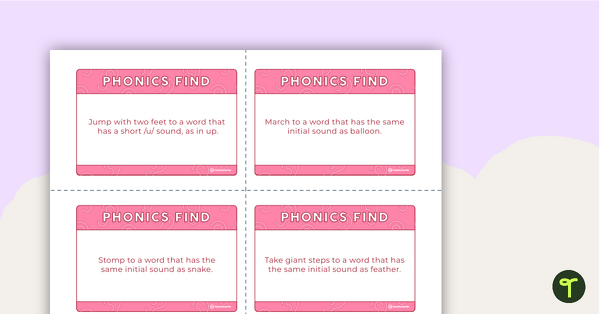
Phonics Find Description Cards
A set of 32 task cards prompting students to use their phonics knowledge to find words that include specific sounds.
- Free Plan
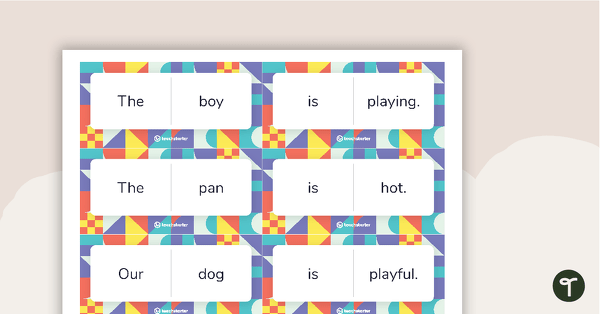
Simple Sentence Dominoes (Version 1)
A set of 30 dominoes to assist younger students with building simple sentences.